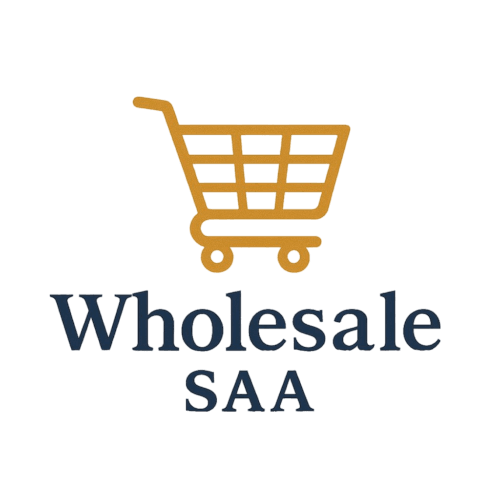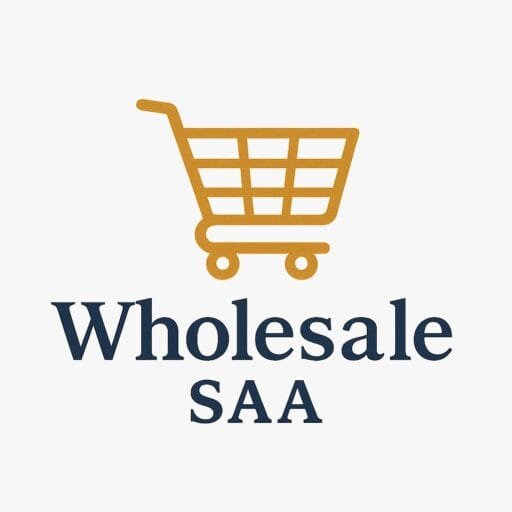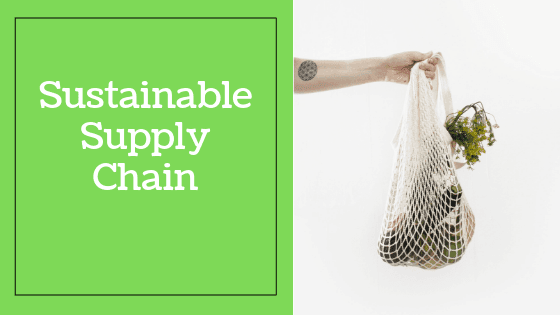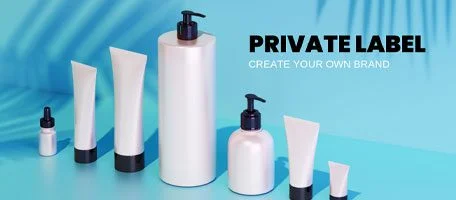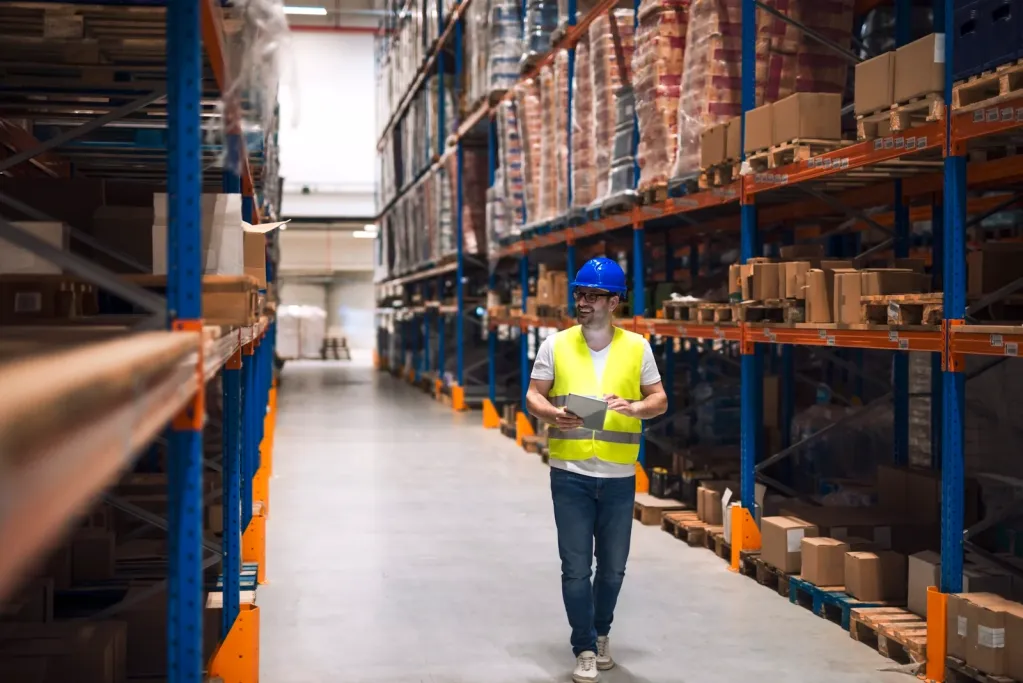Why Wholesale Is a Smart Move in 2025
Retail may get all the glory, but wholesale? That’s where the silent profits are.
In 2025, a profitable wholesale business means cutting out the fluff, focusing on volume, and using smart tools to keep overhead low. From local food distributors to B2B beauty products, wholesale remains a powerful, scalable model.
If you’ve ever considered selling in bulk to retailers or businesses, this guide will show you how to build a lean, modern, and profitable wholesale business from scratch.
What Is Wholesale and Why Start One?
Wholesale businesses buy goods in bulk (or manufacture them) and sell to:
- Retailers
- Institutions (schools, restaurants, clinics)
- Other wholesalers
Why it works:
- High volume = stable income
- Lower marketing costs (you don’t sell to end-users)
- Recurring B2B relationships
- Easier automation and logistics
2025’s digital infrastructure makes it easier than ever to launch, even from your laptop.
Choosing a Niche and Product
Don’t try to sell everything. Find your focus.
High-demand niches in 2025:
- Organic foods and health products
- Clean beauty and skincare
- Sustainable packaging and cleaning products
- Tech accessories (chargers, cables, smart devices)
- Fashion basics (tees, socks, gym wear)
Questions to ask:
- Can I source this product affordably and reliably?
- Is there consistent demand from retailers or organizations?
- Can I compete on price, quality, or speed?
Finding Reliable Suppliers
You have two main routes:
- Domestic Suppliers – Easier logistics, better communication, higher costs
- Overseas Suppliers (e.g., China) – Lower costs, longer shipping times, more negotiation required
Where to find them:
- Alibaba, Faire, ThomasNet
- Industry-specific trade directories
- Local manufacturer expos
- Wholesale Facebook Groups and Reddit communities
Tip: Order samples, test lead times, and verify reviews before going all-in.
Setting Up Your Wholesale Operation
Here’s what you’ll need:
- Business license & EIN
- Resale certificate (for tax exemptions)
- Wholesale website or catalog
- CRM and invoicing software (e.g., QuickBooks, Zoho)
- Wholesale terms (minimum order quantity, payment terms)
Use platforms like:
- Shopify + Wholesale apps
- Handshake (by Shopify)
- Faire or Abound for B2B marketplace presence
You can run lean with a dropshipping model or manage your own small inventory locally.
Getting Your First Retail Customers
Start Local:
- Visit stores in your niche
- Offer free samples
- Pitch retailers with a clear value prop (savings, speed, exclusivity)
Use Online Channels:
- LinkedIn prospecting (retail buyers)
- Faire, Abound, and other marketplaces
- Email cold outreach (with a wholesale line sheet attached)
Focus on repeatability: one great client can order monthly for years.
Pricing and Profitability
Pricing formula: (Cost of Goods + Logistics + Overhead) + Profit Margin = Your Wholesale Price
Typical wholesale markup = 30–50%
Retailers then mark up another 100%+ for end-user sale
Tools to track profitability:
- QuickBooks Online or Xero
- Inventory planners like Zoho Inventory or InventoryLab
- Google Sheets (if you’re starting scrappy)
Don’t just aim for revenue, track net profit per customer.
Scaling and Automation
Once you’ve proven the model:
- Use automation tools (Zapier, HubSpot CRM, Gorgias for support)
- Hire remote assistants for fulfillment or customer support
- Join niche B2B expos and trade shows
- Offer loyalty pricing to long-term retailers
Consider offering white-label or private-label products for higher margins.
Time to Go Big (In Bulk)
Starting a wholesale business in 2025 doesn’t require warehouses or truckloads of cash. What it does require is clarity, smart systems, and a commitment to serving other businesses.
If you’re ready to start selling smarter, not just harder, the wholesale route might just be your most profitable path.
